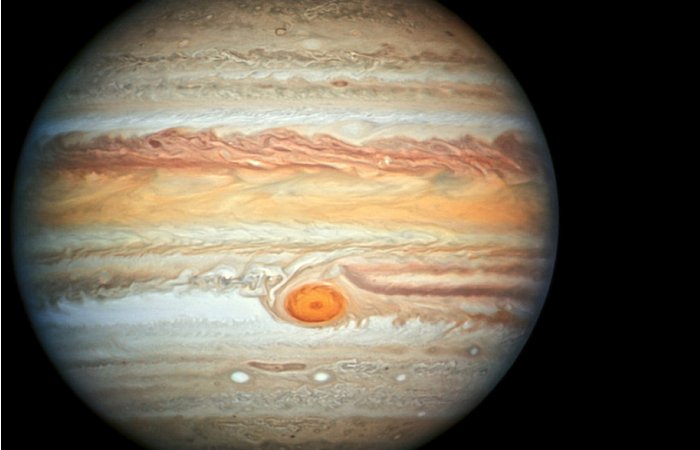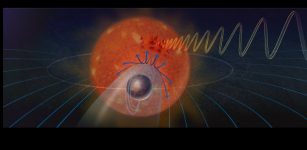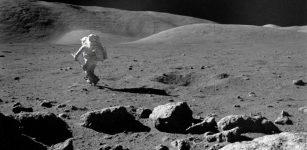Jupiter’s Great Red Spot Shrinks: New Theory Emerges
Eddie Gonzales Jr. – MessageToEagle.com – Jupiter’s Great Red Spot, the solar system’s largest windstorm, is diminishing. A recent study offers potential explanations for this phenomenon.
It has been shrinking for nearly a century, especially in the last 50 years. While its width remains consistent, its length has contracted from 40 degrees in the late 19th century to 14 degrees in 2016, when NASA’s Juno spacecraft began orbiting the planet.
Jupiter, the largest planet in the Solar System, has a diameter of 139,822 kilometers and is 11 times wider than Earth. This gas giant makes up about 70% of the total mass of the planets in the Solar System. Image credit: NASA, ESA, A. Simon (Goddard Space Flight Center), and M.H. Wong (University of California, Berkeley).
Jupiter’s southern hemisphere hosts the Great Red Spot, a counterclockwise-spinning anticyclone. This red-orange, high-pressure oval spans over 10, 000 miles and generates winds exceeding 200 miles per hour.
“The Great Red Spot has fascinated observers for 200 years,” said Caleb Keaveney, Yale Ph. D. student and lead author of a new study in Icarus. Many were amateur enthusiasts, not professional astronomers. Their passion, and people’s curiosity about my work, makes me feel part of something greater.”
The Great Red Spot’s mysteries intrigue scientists including its formation date, cause, and distinctive color.
For the study, Keaveney, who is part of Yale’s Department of Earth & Planetary Sciences, and his co-authors, Gary Lackmann of North Carolina State University and Timothy Dowling of the University of Louisville, focused on the influence of smaller, transient storms on the Great Red Spot.
Researchers used the Explicit Planetary Isentropic-Coordinate (EPIC) model to run 3D simulations of the spot. Some simulations included interactions between the Great Red Spot and smaller storms of varying frequency and intensity, while control simulations excluded the small storms.
Simulations indicated that nearby storms strengthened and enlarged the Great Red Spot.
“We found through numerical simulations that by feeding the Great Red Spot a diet of smaller storms, as has been known to occur on Jupiter, we could modulate its size,” said Keaveney in a press release, adding that their study has implications for Earth’s weather events.
“We found that interactions sustaining Jupiter’s Great Red Spot are similar to those amplifying heat domes on Earth, supporting our understanding of these phenomena.”
Further modeling will help refine the findings and potentially explain the Great Red Spot’s origin.
Written by Eddie Gonzales Jr. – MessageToEagle.com Staff Writer











